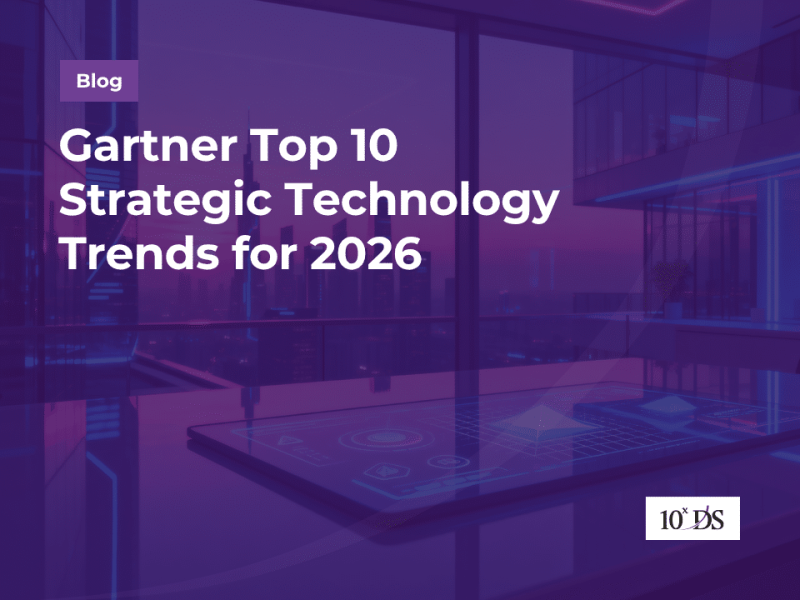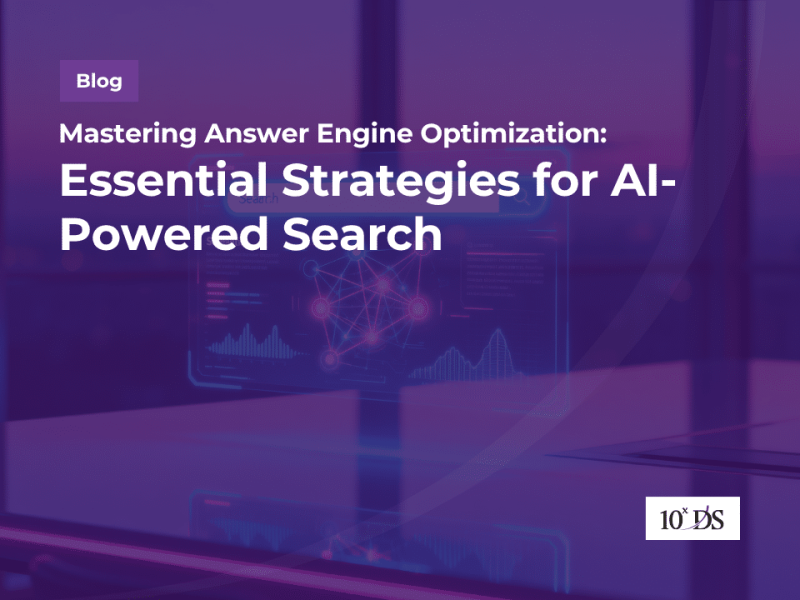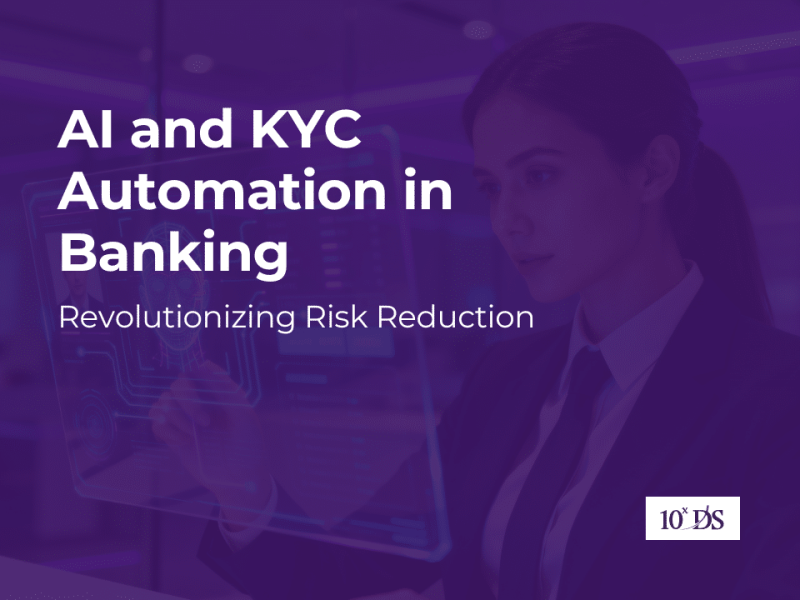
AI-Driven Cybersecurity: Safeguarding Against Phishing and Malware
Cybersecurity has become an increasingly pressing concern for organizations and individuals alike in today’s digital age. With the proliferation of cyber threats such as phishing attacks and malware, the need for robust defensive measures has never been more critical. In this context, the emergence of AI-driven predictive security analytics has revolutionized cybersecurity practices by offering proactive solutions to identify and mitigate potential threats before they manifest. By harnessing the power of artificial intelligence, organizations can gain invaluable insights into emerging risks and enhance threat detection capabilities, to fortify their defence mechanisms against evolving cyber threats.
To underscore the urgency, statistics from IBM reveal the staggering financial toll of cyber incidents, with the average cost of a data breach soaring to $4.35 million in the US alone. Gartner’s predictions further emphasize the evolving nature of cyber threats, with modern privacy laws expected to cover 75% of the global population by year-end and 40% of boards of directors slated to have a dedicated cybersecurity seat by 2025.
Harnessing Predictive Security Analysis: A Proactive Defence Strategy
Predictive analysis in cybersecurity represents a paradigm shift from reactive to proactive threat detection and mitigation. By leveraging advanced AI algorithms and machine learning techniques, organizations can analyse vast amounts of data in real-time to identify emerging patterns and anomalies indicative of potential security breaches.
Real-Time Threat Monitoring: Navigating the Cybersecurity Landscape with Precision
Real-time threat monitoring enabled by AI-driven predictive security analytics provides organizations with unparalleled visibility into their cybersecurity posture. By continuously monitoring network traffic, system logs, and user behavior, AI-powered systems can detect and respond to emerging threats promptly, mitigating potential damage and minimizing downtime. This proactive approach to threat detection and response enhances organizational agility and resilience in the face of evolving cyber threats.
Phishing Detection: Stay One Step Ahead of Threat Actors
Phishing attacks remain a persistent and significant threat to organizations worldwide, exploiting human vulnerabilities to gain unauthorized access to sensitive information. To address this challenge, researchers have developed innovative approaches leveraging machine learning (ML) algorithms like random forest (RF) and decision tree (DT) to detect phishing attacks effectively. By utilizing a standard legitimate dataset of phishing attacks from platforms like Kaggle and employing feature selection algorithms like principal component analysis (PCA), these models can accurately analyze the attributes of phishing attempts. The result is a maximum accuracy rate of 97% achieved through the random forest algorithm, showcasing the efficacy of AI-driven predictive analysis in combating phishing threats.
Malware Detection: Fortifying Defences Against Cyber Threats
Malware infections represent another pervasive cybersecurity challenge, capable of causing widespread damage and disruption to organizational operations. AI-powered malware detection solutions utilize advanced behavioural analysis and anomaly detection techniques to identify and neutralize threats in real-time. By continuously learning from evolving threat landscapes, AI-driven systems enhance overall system security, minimizing the impact of potential malware attacks.
The evolving sophistication of malware, with rapid deployment and self-propagation, underscores the need for timely and autonomous detection methods. This necessitates a systematic approach that combines dynamic deep learning-based methods with heuristic approaches to classify and detect modern malware families such as adware, Radware, rootkit, SMS malware, and ransomware. Employing a combination of behavior-based deep learning and heuristic-based approaches enhances malware detection and classification, outperforming static deep learning methods.
Embracing the Future: Advancements and Challenges Ahead
As AI-driven predictive security analysis continues to evolve, organizations must navigate both opportunities and challenges on the horizon. Advancements in explainable AI and threat intelligence integration hold promise for enhancing transparency and accountability in cybersecurity operations. However, concerns regarding data privacy, adversarial attacks targeting AI models, and the ethical implications of AI-driven decision-making underscore the importance of responsible AI implementation and governance. As AI technologies advance, new challenges emerge. The emergence of malicious applications like Worm GPT exemplifies the dual nature of AI’s impact on cybersecurity—it can serve as both a powerful defence tool and a weapon in the hands of cybercriminals. Despite these challenges, the transformative potential of AI-driven predictive security analytics in safeguarding digital assets and preserving the integrity of online environments cannot be overlooked.
Conclusion: Embracing the Power of AI in Cybersecurity
In conclusion, AI-driven predictive analysis represents a game-changing innovation in cybersecurity, empowering organizations to stay one step ahead of cyber threats. By harnessing the power of AI algorithms and machine learning techniques, organizations can fortify their defences against phishing attacks and malware infections, safeguarding sensitive information and preserving the integrity of digital ecosystems. As we navigate the evolving cybersecurity landscape, embracing AI-driven predictive analysis is essential to ensuring a resilient and secure digital future. There is no denying that AI has taken the world by storm, and the technology will continue to evolve in the years to come. Understanding the benefits and risks involved with AI, training staff to use different AI tools properly, and setting parameters around what is acceptable and not acceptable to share is the starting point.
Talk to our Experts to learn more.


